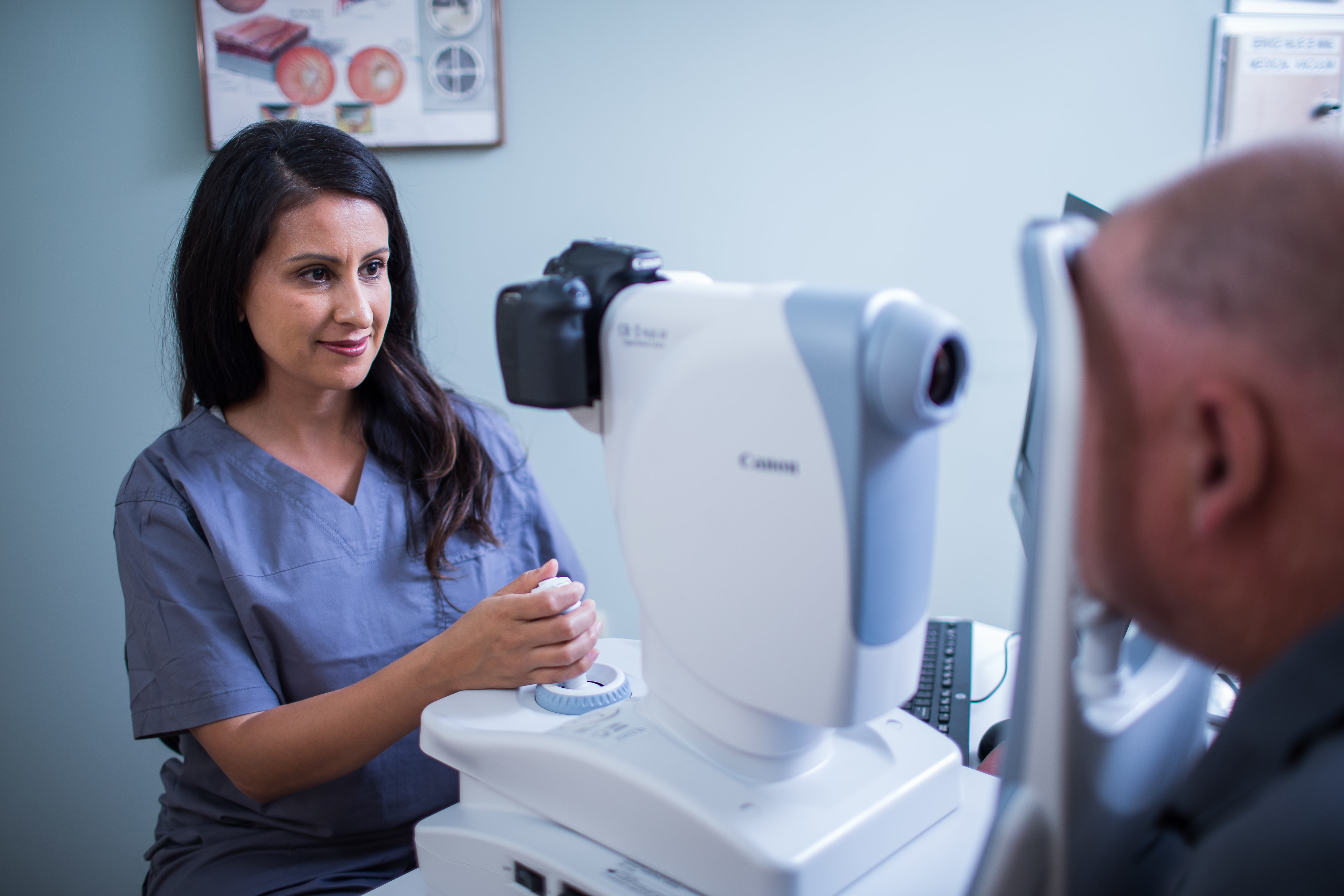Locate a Neurologist in Andalusia: Specialized Clinics and Treatment Providers
Wiki Article
The Advantages And Disadvantages of Different Refractive Surgeries for Enhanced Eyecare

LASIK Surgery
LASIK surgery is a typically executed refractive procedure that intends to remedy vision problems such as nearsightedness, farsightedness, and astigmatism. During the procedure, a slim flap is produced on the cornea, and a laser is utilized to reshape the underlying cells, remedying the refractive mistake.One of the main advantages of LASIK surgical treatment is the fast enhancement in vision experienced by several patients. Most people see a significant enhancement in their eyesight quickly after the treatment, with very little downtime needed for healing. Furthermore, LASIK is understood for its high success rate and low incidence of complications when executed by skilled doctors. However, like any operation, LASIK also lugs some threats, consisting of dry eyes, glow, halos, and under or overcorrection of vision. It is important for people taking into consideration LASIK surgical treatment to undertake a comprehensive assessment by an eye treatment specialist to determine if they appropriate candidates for the treatment.
PRK Treatment
The PRK procedure, likewise understood as Photorefractive Keratectomy, is a type of refractive surgical procedure that aims to fix vision problems similar to LASIK surgical treatment. Unlike LASIK, which involves creating a flap in the cornea, PRK works on the surface layer of the cornea.Among the benefits of PRK over LASIK is that it removes the threat of flap-related complications because no flap is developed throughout the surgical procedure. This can be beneficial for individuals with thin corneas or those involved in call sporting activities where eye trauma is a possibility. The recuperation time for PRK is commonly longer compared to LASIK, as the external layer of the cornea needs time to regenerate after the treatment. Despite the longer recuperation duration, PRK can be an appropriate option for individuals seeking vision improvement surgical procedure.
SMILE Surgery
An innovative refractive surgical procedure technique acquiring appeal in the field of ophthalmology is SMILE Surgical procedure. Little Laceration Lenticule Removal (SMILE) is a minimally intrusive treatment that corrects vision by improving the cornea utilizing a femtosecond laser. Unlike conventional LASIK surgery, SMILE Surgical treatment involves developing a small incision in the cornea to draw out a lenticule, which results in less interruption to the corneal structure and potentially much faster healing times.Among the primary benefits of SMILE Surgical treatment is its capacity to treat nearsightedness (nearsightedness) and astigmatism with high precision, bring about outstanding aesthetic outcomes for clients. The minimally invasive nature of the procedure also minimizes the threat of difficulties such as completely dry eye disorder, making it a websites beneficial alternative for individuals looking for refractive surgery.

LASEK Technique
Having checked out the benefits and factors to consider of SMILE Surgical treatment, one more noteworthy refractive surgical treatment technique worth examining is the LASEK Strategy. LASEK, which means Laser-Assisted Subepithelial Keratectomy, is a form of laser eye surgical procedure that aims to deal with refractive errors such as nearsightedness (nearsightedness), hyperopia (farsightedness), and astigmatism.Unlike LASIK, LASEK does not involve producing a corneal flap. Instead, throughout a LASEK procedure, the specialist uses a diluted alcohol option to loosen the thin external layer of the cornea, understood as the epithelium.
One of the key advantages of LASEK is that it can be suitable for individuals with slim corneas that may not be good prospects for LASIK. In addition, LASEK typically leads to marginal post-operative pain and a quicker recovery time contrasted to PRK. The visual healing procedure with LASEK might be a little longer than with LASIK.
Implantable Contact Lenses
Implantable Get in touch with Lenses provide a long-term vision correction option for people seeking a choice to traditional contact lenses or glasses. These lenses, also called phakic intraocular lenses, are operatively inserted into the eye to fix refractive errors such as myopia (nearsightedness), hyperopia (farsightedness), and astigmatism. eye doctors in andalusia. Unlike standard get in touch with lenses that rest on the surface area of the eye, implantable get in touch with lenses work within the eye itself, providing clear vision without the need for daily maintenance or elimination
Among the key benefits of implantable get in touch with lenses is their permanence. Once put, they can remain in he has a good point the eye indefinitely, providing secure and constant vision modification. Furthermore, these lenses can be an outstanding alternative for individuals who are not good candidates for laser eye surgical procedure or that prefer a reversible vision adjustment procedure.
Nonetheless, implantable call lenses do bring some threats, consisting of the possibility for cataracts or enhanced eye pressure. It is crucial for individuals considering this alternative to seek advice from an eye care expert to establish if implantable get in touch with lenses are the right selection for their certain requirements and eye wellness.
Verdict
To conclude, each sort of refractive surgical treatment has its own benefits and drawbacks. LASIK surgery is preferred check this site out for its quick recovery time, while PRK treatment might be appropriate for clients with slim corneas. SMILE surgical treatment offers very little pain throughout the treatment, yet LASEK technique may have a longer recovery process. Implantable get in touch with lenses provide an option for those who are not suitable candidates for typical surgical treatments. Patients need to seek advice from their eye care provider to figure out the most effective choice for their specific needs.
Generally, SMILE Surgical procedure provides an appealing choice for individuals looking to improve their vision via refractive surgical treatment.
Report this wiki page